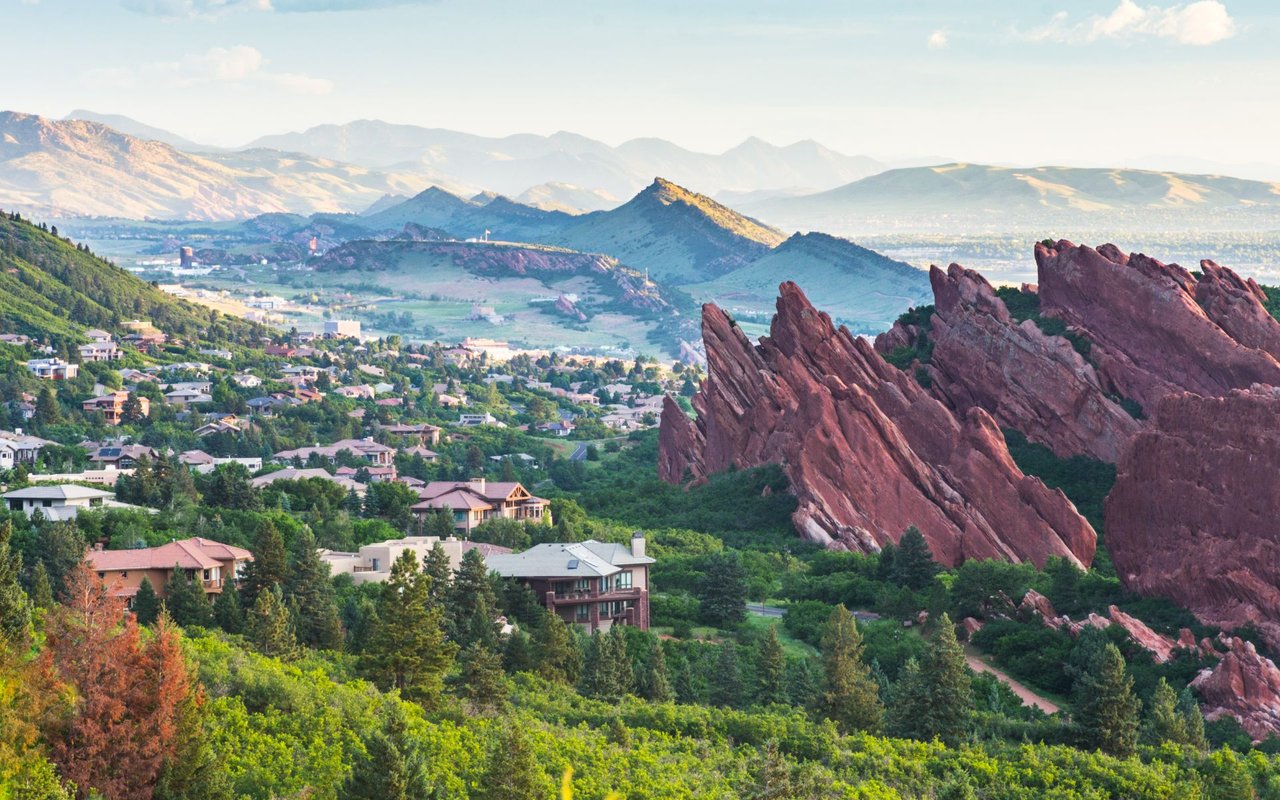


Littleton invites you to discover a community where mid-century modern elegance, historic charm, and natural beauty converge. Whether you're drawn to the iconic architecture along the Mid Mod Mile, the diverse mid-century modern communities, or the scenic allure of Bow Mar, Arapaho Hills, Normandy Estates, Aberdeen Village, Broadmoor, and more, Littleton offers a living experience that seamlessly blends the past with the present. Your unique home in Littleton awaits, where each residence is a piece of the city's rich history and architectural legacy.
45,465 people live in Littleton, where the median age is 40.1 and the average individual income is $51,164. Data provided by the U.S. Census Bureau.
Total Population
Median Age
Population Density
Average individual Income
There's plenty to do around Littleton, including shopping, dining, nightlife, parks, and more. Data provided by Walk Score and Yelp.
Explore popular things to do in the area, including Redstone CrossFit, Sundance Face Spa, and HW Barbering.
| Name | Category | Distance | Reviews |
Ratings by
Yelp
|
|---|---|---|---|---|
| Active | 3.07 miles | 11 reviews | 5/5 stars | |
| Beauty | 1.24 miles | 5 reviews | 5/5 stars | |
| Beauty | 2.94 miles | 9 reviews | 5/5 stars | |
| Beauty | 3.78 miles | 7 reviews | 5/5 stars | |
|
|
||||
|
|
||||
|
|
||||
|
|
||||
|
|
||||
|
|
Littleton has 20,126 households, with an average household size of 2.23. Data provided by the U.S. Census Bureau. Here’s what the people living in Littleton do for work — and how long it takes them to get there. Data provided by the U.S. Census Bureau. 45,465 people call Littleton home. The population density is 3,602.64 and the largest age group is Data provided by the U.S. Census Bureau.
Total Population
Population Density Population Density This is the number of people per square mile in a neighborhood.
Median Age
Men vs Women
Population by Age Group
0-9 Years
10-17 Years
18-24 Years
25-64 Years
65-74 Years
75+ Years
Education Level
Total Households
Average Household Size
Average individual Income
Households with Children
With Children:
Without Children:
Blue vs White Collar Workers
Blue Collar:
White Collar: